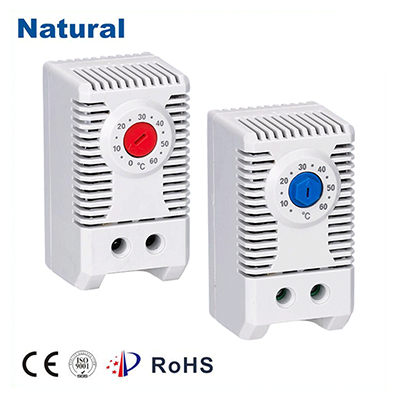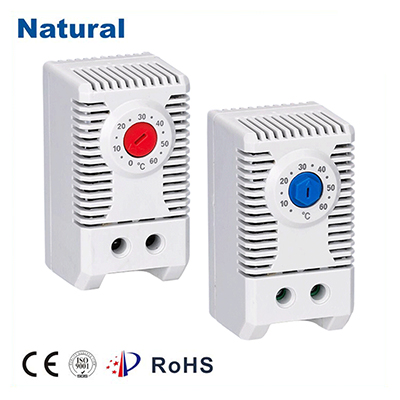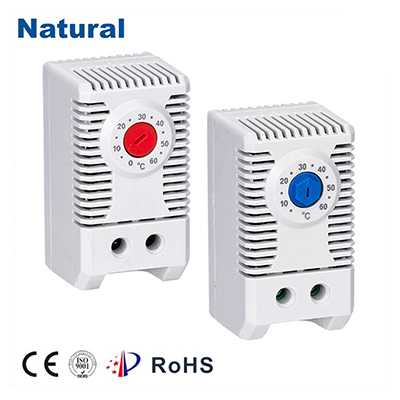A bimetal thermostat is an essential component used in various electrical and mechanical systems to regulate temperature. It operates based on the principle of two different metals that expand and contract at different rates when exposed to heat. This unique feature allows bimetal thermostats to effectively maintain a consistent temperature, providing efficient thermal regulation in numerous applications. In this article, we will explore the function, advantages, and applications of bimetal thermostats.

What is a Bimetal Thermostat?

A bimetal thermostat is a temperature-sensing device composed of two metal strips bonded together. These metals, typically steel and brass or copper, have different coefficients of thermal expansion. When the temperature changes, one metal expands or contracts faster than the other, causing the bimetal strip to bend. This bending action either opens or closes an electrical contact, thus controlling the flow of electricity to a device or circuit. The primary purpose of a bimetal thermostat is to maintain a specific temperature range by either turning heating elements on or off. This makes them an important component in appliances such as ovens, refrigerators, air conditioning units, and heating systems, ensuring that these devices operate efficiently and safely.

Leave a Reply